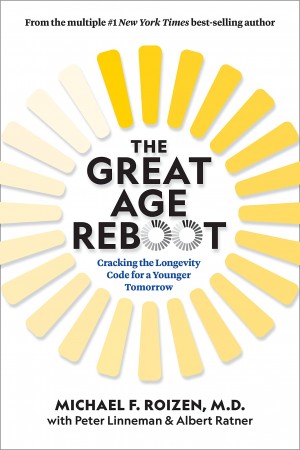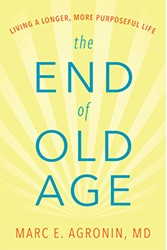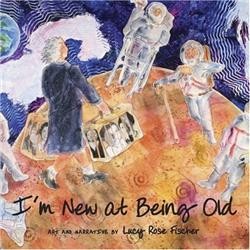For the first time, the middle-aged makeup the biggest, richest, and most influential segment of the country, yet thehistory of middle age has remained largely untold. In Our Prime finally fills the gap. Thisimportant and immensely readable book by veteran New York Times reporterPatricia Cohen, outlines thecultural, scientific and social forces that created this vital butmisunderstood stage of development. In Our Prime is a biography of the idea of middle age from its invention in the latenineteenth century to its current place at the center of American society,where it shapes the way we view our families, our professional obligations, andour inner lives.
Patricia Cohen ranges over the entire landscape of midlife, exploring howits biological, psychological, and social definitions have shifted from one generationto the next. Middle age has been a symbol both of decline and of power andwealth. Explaining why, Cohen takes readers from early twentieth-centuryfactories that refused to hire middle-aged men to twenty-first-centuryhigh-tech laboratories where researchers are currently conducting cutting-edgeexperiments on the middle-aged brain and body. The book combines rich archivalresearch with fresh reporting on the movie, advertising and health industries.
Cohen fits the story of middle age into the larger context of technologicaladvance, social change, and shifting tastes in beauty and fashion. She has goneinto the laboratory with researchers to report on what the landmark study,Midlife in the United States (MIDUS), has discovered about the middle-agedbrain, body and psyche. Using up-to-the-minute research, she explains thelatest findings on health, happiness and sex, and explodes ingrained beliefsabout the midlife crisis, empty nest syndrome and divorce. Indeed, midlife isoften considered the happiest time of life.
Cohen has traveled to Las Vegas, where anti-aging charlatans and visionariesgather to practice a new kind of middle-age medicine, and incisively evaluatesclaims about human growth hormones, testosterone supplements, beauty treatmentsand more. She examines how two of the most powerful forces of the last century– self-help and consumerism – have created a “Midlife Industrial Complex” thatmanipulates our hopes and anxieties about middle age.
She has also interviewed directors, executives and actors to exploreHollywood’s treatment of middle age in films and on television.
Throughout the decades, middle age has been cast in a series of roles: ameasure of productivity, a threat to beauty and sexuality, a scientificconundrum, a marketing tool, a stage of psychological development, a social andpolitical metaphor, a literary device. These frames have affected howindividuals have understood and experienced the middle decades and influencedthe narratives we construct about our own lives.
Showing there is not one middle age but many, Cohen demonstrates how theGreatest Generation, Baby Boomers and Generation X have all experience theirmiddle years differently.




